1. Introduction
Excitation of electronic states of molecules is important in several areas [1]. It is well known that an accurate theoretical study of description of positron collisions requires more than simply changing the sign of the projectile. For example, short-range polarization and correlation effects are different from electron scattering and the role of positronium channel (Ps) represent an special challenges (Ps channel is not present for electron case). The observation and absolute experimental data still represent a problem [2], same for targets as H2 molecule. Specifically, for inelastic positron-H2 scattering results (theoretical calculations and experimental) are modest when compared with inelastic electron-H2 scattering. Sullivan et al. [3] produced experimental cross sections for the
In Sec. 2 we identify the SBP method for positron scattering. In Sec. 3 computational procedures and results are discussed. Conclusions are presented in Sec. 4.
2. Outline of theory
The SBP approach is given by
where
where
where 6.8 eV is the ground state binding energy of positronium. Cross sections for positron-impact and electron-impact excitation are identical when Born approximation is used but the relation
where V is the Coulombic interaction between the incident positron and the molecular target where
3. Computational procedures and results
Many articles have been published on positron-H2 scattering using sophisticate basis set and here we have used the basis set presented in Table I (see Ref. [14]).
Table I Basis set used in H2 (no contraction) [14].
| Exponent | Coefficient | ||
|---|---|---|---|
| H | s | 33.644400 | 1.0 |
| 5.055796 | 1.0 | ||
| 1.146800 | 1.0 | ||
| 0.321144 | 1.0 | ||
| 0.101309 | 1.0 | ||
| 0.030000 | 1.0 | ||
| P | 1.114200 | 1.0 | |
| 0.259200 | 1.0 | ||
| 0.060000 | 1.0 | ||
| d | 4.5 | 1.0 | |
| 0.5 | 1.0 | ||
| 0.25 | 1.0 |
Whit this basis set in Table II we shows vertical excitation energies using the improved virtual orbital (IVO) [14].
Table II Vertical excitation energies for H2 molecule (eV).
| H2 (state) | Eexc (eV) | Ref. [14] |
|---|---|---|
| H2 ( |
12.10 | 8.51 |
| H2 (C1 Π u ) | 12.50 | 9.60 |
| H2 ( |
14.14 | 14.14 |
| H2 (D1 Π u ) | 14.53 | 14.53 |
| H2 (E, |
13.03 | 13.14 |
Many theoretical papers were published on the generalized oscillator strengths (GOSs) for these transitions in H2, from which integrated Born excitation cross sections can be derived. The integrated Born cross section σ Born for the excitation of an atom or molecule in terms of the GOS is given by
where R is the Rydberg energy and Q the momentum transfer and its minimum and maximum values. For a dipole and spin-allowed excitation, the GOS can be calculated using correlated wave functions fitted accurately [12]. With the fitted analytic function for the GOS, the integration of GOS in σ Born can be carried out analytically for arbitrary “E”. The appropriate f acc and f Born value to use in the SBP approach is given in the Table III (see Ref. [12]).
Table III f acc and f Born values.
| H2(state) | f acc | f Born |
|---|---|---|
| H2 ( |
0.310 | 0.322 |
| H2 (C1 Π u ) | 0.355 | 0.348 |
| H2 ( |
0.328 | 0.053 |
| H2 (D1 Π u ) | 0.086 | 0.095 |
As a first step we will show results obtained using FBA for all states. These examples were chosen to allow assessment of the numerical quadrature technique using the FBA [5]. In Figs. 1-5 we show the FBA integral cross section for the
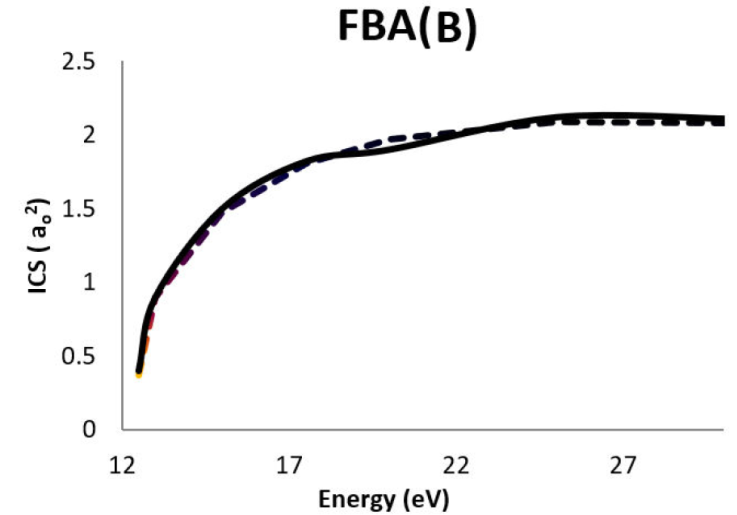
Figure 1 Integral cross sections (ICS) for positron-H2 (B
As observed in Figs. 1-5 our FBA results predicts equal cross sections with other FBA [14]. The results suggest a good convergence of cross sections in order to better describe the SBP approach. When dealing with dipole allowed transition, such as
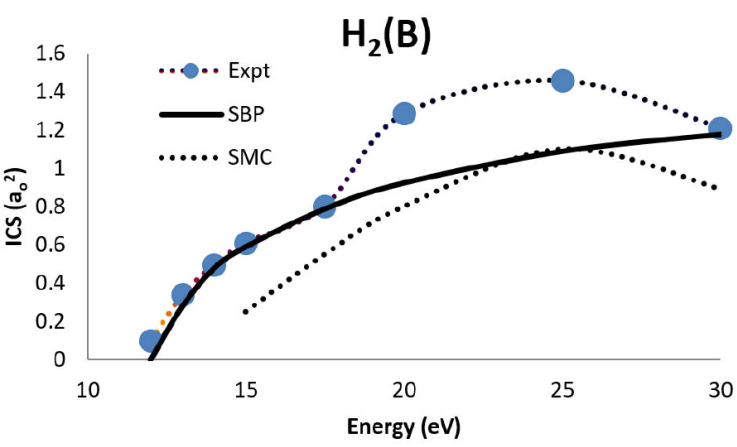
Figure 6 Integral cross sections for positron-H2 (
As a next test to verify the stability of the
Table IV Integral cross sections positron-H2 (
| Energy (eV) | SBP | CCC[15] |
|---|---|---|
| 13 | 0.33 | 0.25 |
| 20 | 0.93 | 1.30 |
| 25 | 1.10 | 1.50 |
| 30 | 1.20 | 1.55 |
As observed in Table II the agreement between our SBP and CCC [15] is reasonable, giving confidence that the SBP approach is promise (for positron scattering the CCC is expected to produce better cross sections [15]). In Table V we shows cross sections for the C1 Π u state using the SBP compared with CCC [15] method. Again the similar behavior between the two methods can be observed.
Table V Integral cross sections for positron-H2 (
| Energy (eV) | SBP | CCC [15] |
|---|---|---|
| 15 | 0.20 | 0.20 |
| 20 | 0.70 | 1.73 |
| 30 | 1.05 | 1.10 |
| 40 | 1.15 | 1.20 |
In Fig. 7 we shows cross sections for the
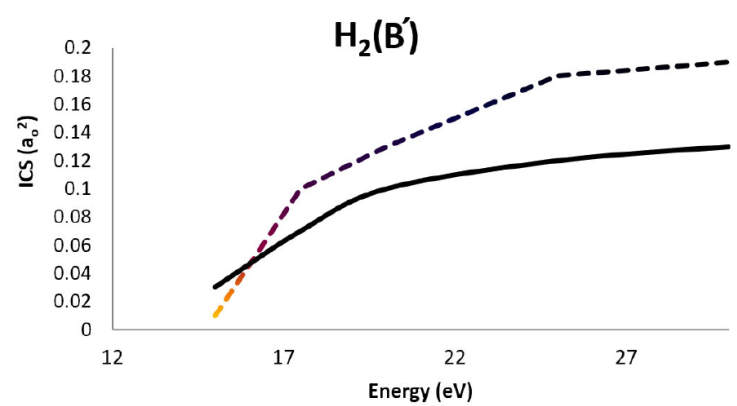
Figure 7 Integral cross sections for positron-H2 (
In Fig. 8 we shows cross sections using the SBP approach for the
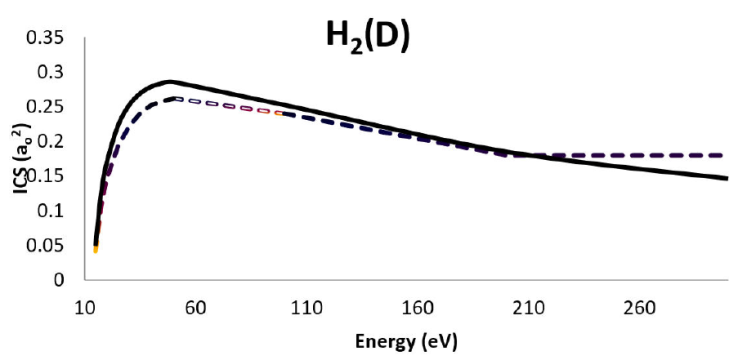
Figure 8 Integral cross sections for positron-H2 (
As a possible criteria to verify again the stability of the
As knowledge is expected that the “E
1 state” as a open channel does not disturb the
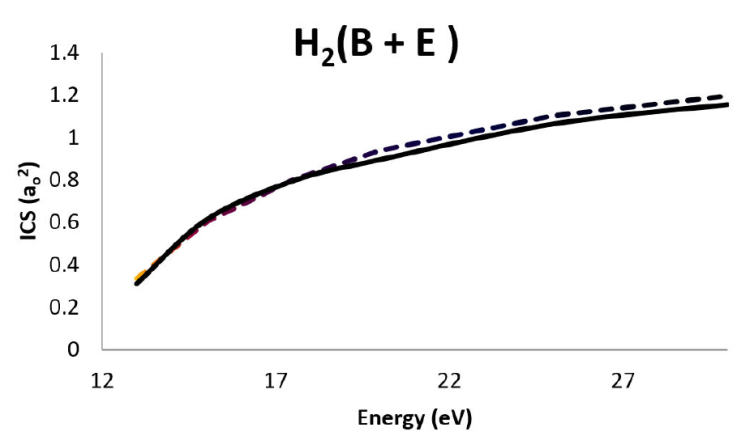
Figure 9 Integral cross sections for positron-H2 using tree states.
Dashed line,
In the Table VI integral cross sections for the
Table VI Integral cross sections for
| E(eV) |
|
C1 Π u |
|
D1 Π u |
|---|---|---|---|---|
| 12.5 | 0.2406 | 0.0 | 0.0 | 0.0 |
| 15 | 0.600 | 0.4750 | 0.0384 | 0.0488 |
| 17.5 | 0.8019 | 0.6934 | 0.0728 | 0.1247 |
| 20 | 0.9381 | 0.8450 | 0.0916 | 0.1678 |
| 25 | 1.1040 | 1.0407 | 0.1130 | 0.2212 |
| 30 | 1.1940 | 1.1516 | 0.1238 | 0.2515 |
| 35 | 1.2322 | 1.2136 | 0.1293 | 0.2691 |
| 40 | 1.2488 | 1.2457 | 0.1317 | 0.2788 |
| 45 | 1.2498 | 1.2506 | 0.1322 | 0.2840 |
| 50 | 1.2411 | 1.2603 | 0.1316 | 0.2858 |
| 60 | 1.2081 | 1.2414 | 0.1286 | 0.2836 |
| 70 | 1.1669 | 1.2081 | 0.1243 | 0.2608 |
| 80 | 1.1205 | 1.1693 | 0.1197 | 0.2550 |
| 90 | 1.0760 | 1.1288 | 0.1151 | 0.2537 |
| 100 | 1.0333 | 1.0889 | 0.1106 | 0.2525 |
| 150 | 0.8570 | 0.9162 | 0.0919 | 0.2132 |
| 200 | 0.7335 | 0.7892 | 0.0786 | 0.1851 |
| 250 | 0.6407 | 0.6944 | 0.0688 | 0.1631 |
| 300 | 0.5710 | 0.6213 | 0.0613 | 0.1462 |
| 400 | 0.4716 | 0.5159 | 0.0506 | 0.1212 |
When positrons annihilate on many-electron molecules, the annihilation cross sections is traditionally written as [17-20]
where
is the effective number of electrons that contribute to the annihilation process, and
In Fig. 10, we present
4. Conclusion
Electronic excitation by positron impact is very challenging for theoreticians and experimentalists and as observed in our study inelastic cross sections for











 nueva página del texto (beta)
nueva página del texto (beta)







